-
Report Prologue
-
Scope of The Report
-
Market Definition
-
Scope of The Study
- Research Objectives
-
Market Structure
-
Research Methodology
-
Research Process
-
Primary Research
-
Secondary Research
-
Market Size Estimation
-
Forecast Model
-
Assumptions
-
Limitations
-
Market Dynamics
-
Introduction
-
Drivers
-
Restraints
-
Challenges
-
Opportunity
-
Market Factor Analysis
-
Supply Chain Analysis
- Threat of New Entrants
- Threat of Substitute
- Bargaining Power of
- Bargaining Power of Buyer
-
Porter’s Five Force Analysis
-
Threat of Rivalry
-
Supplier
-
Global Radio TransmitterMarket,
-
By Technology
-
Introduction
-
Analog
- Market Estimates
- Market Estimates & Forecast by Region/Country,
-
& Forecast, 2024- 2032
-
Digital
- Market Estimates & Forecast, 2024- 2032
- Market Estimates & Forecast by Region/Country, 2024- 2032
-
Global
-
Radio TransmitterMarket, By Power Capacity
-
Introduction
-
Upto 5kW
- Market Estimates & Forecast, 2024- 2032
- Market Estimates
-
& Forecast by Region/Country, 2024- 2032
-
5-20 kW
- Market
- Market Estimates & Forecast
-
Estimates & Forecast, 2024- 2032
-
by Region/Country, 2024- 2032
-
Above 20 kW
- Market Estimates &
- Market Estimates & Forecast by Region/Country,
-
Forecast, 2024- 2032
-
Global Radio TransmitterMarket, By Type
-
Introduction
-
Shortwave Radio Transmitter
- Market Estimates & Forecast, 2024-
- Market Estimates & Forecast by Region/Country, 2024- 2032
-
Medium Wave Transmitter
- Market Estimates & Forecast, 2024-
- Market Estimates & Forecast by Region/Country, 2024- 2032
-
VHF Radio Transmitter
- Market Estimates & Forecast, 2024- 2032
- Market Estimates & Forecast by Region/Country, 2024- 2032
-
Global
-
Radio TransmitterMarket, By End User
-
Introduction
-
Aerospace &
- Market Estimates & Forecast, 2024- 2032
- Market
-
Defense
-
Estimates & Forecast by Region/Country, 2024- 2032
-
Automotive
- Market Estimates & Forecast
-
Market Estimates & Forecast, 2024- 2032
-
by Region/Country, 2024- 2032
-
Electronic
- Market Estimates &
- Market Estimates & Forecast by Region/Country,
-
Forecast, 2024- 2032
-
Others
- Market Estimates & Forecast, 2024- 2032
- Market Estimates & Forecast by Region/Country, 2024- 2032
-
Global
-
Radio TransmitterMarket, By Region
-
Introduction
-
North America
- Market Estimates & Forecast, by Country, 2024- 2032
- Market
- Market Estimates
- Market Estimates & Forecast by
- Market Estimates & Forecast by End User,
- US
- Canada
- Mexico
- Market Estimates & Forecast, by Country, 2024- 2032
- Market Estimates
- Market Estimates & Forecast by
- Market Estimates & Forecast by End User,
- Germany
- UK
- France
- Rest of Europe
-
Estimates & Forecast by Technology, 2024- 2032
-
& Forecast by Type, 2024- 2032
-
Power Capacity, 2024- 2032
-
Market Estimates & Forecast by End User, 2024- 2032
-
Market Estimates & Forecast by Technology, 2024- 2032
-
& Forecast by Type, 2024- 2032
-
by Power Capacity, 2024- 2032
-
User, 2024- 2032
-
by Technology, 2024- 2032
-
Europe
-
Market Estimates & Forecast by Technology, 2024- 2032
-
& Forecast by Type, 2024- 2032
-
Power Capacity, 2024- 2032
-
Technology, 2024- 2032
-
Market Estimates & Forecast by Type, 2024- 2032
-
& Forecast by Power Capacity, 2024- 2032
-
Forecast by End User, 2024- 2032
-
& Forecast by Technology, 2024- 2032
-
by Type, 2024- 2032
-
Market Estimates & Forecast by End User, 2024- 2032
-
Asia Pacific
- Market Estimates & Forecast, by Country, 2024- 2032
- Market
- Market Estimates
- Market Estimates & Forecast by
- Market Estimates & Forecast by End User,
- China
- Japan
- India
-
Estimates & Forecast by Technology, 2024- 2032
-
& Forecast by Type, 2024- 2032
-
Power Capacity, 2024- 2032
-
Market Estimates & Forecast by End User, 2024- 2032
-
Market Estimates & Forecast by Technology, 2024- 2032
-
& Forecast by Type, 2024- 2032
-
by Power Capacity, 2024- 2032
-
User, 2024- 2032
-
by Technology, 2024- 2032
-
Rest of Asia Pacific
-
Market Estimates & Forecast by End User, 2024- 2032
-
Rest of the World
- Market Estimates & Forecast, by Country, 2024- 2032
- Market
- Market Estimates
- Market Estimates & Forecast by
- Market Estimates & Forecast by End User,
- Middle East & Africa
- Latin America
-
Estimates & Forecast by Technology, 2024- 2032
-
& Forecast by Type, 2024- 2032
-
Power Capacity, 2024- 2032
-
Forecast by Technology, 2024- 2032
-
by Type, 2024- 2032
-
Market Estimates & Forecast by End User, 2024- 2032
-
Competitive Landscape
-
Introduction
-
Market Strategy Analysis
-
Competitive Benchmarking
-
of Market Players
-
Company Profile
-
GatesAir
- Company
- Financials
- Products
- Strategy
-
Overview
-
Key Developments
-
Broadcast Electronics
- Company Overview
- Financials
- Products
- Strategy
- Key Developments
-
Nautel Ltd.
- Company Overview
- Financials
- Key Development
-
Products
-
RIZ-Transmitters Co.
- Financials
- Products
- Strategy
- Key Developments
-
Company Overview
-
Continental Electronics
- Company
- Financials
- Products
- Strategy
-
Overview
-
Key Developments
-
NEC Corporation
- Company Overview
- Products
- Strategy
- Key Developments
-
Financials
-
Rohde&Schwarz
- Company Overview
- Financials
- Products
- Strategy
- Key Developments
-
Comsa
- Company Overview
- Financials
- Strategy
- Key Developments
-
Corporación
-
Products
-
Beijing BBEF
- Company Overview
- Financials
- Products
- Strategy
- Key Developments
-
Science & Technology Co., Ltd.
-
Thomson
- Company Overview
- Financials
- Products
- Strategy
- Key Developments
-
Broadcast
-
Appendix
-
Discussion
-
Blue Print
-
References
-
** Note: Details on Financial Overview, SWOT
-
Analysis, Key Strategy Might Not Be Captured in Case of Unlisted Companies
-
-
LIST OF TABLES
-
Global Radio Transmitter Market, by Region, 2024-2032
-
North America: Radio Transmitter Market, by Country, 2024-2032
-
Table
-
Europe: Radio Transmitter Market, by Country, 2024-2032
-
Asia-Pacific:
-
Radio Transmitter Market, by Country, 2024-2032
-
Middle East & Africa:
-
Radio Transmitter Market, by Country, 2024-2032
-
Latin America: Radio
-
Transmitter Market, by Country, 2024-2032
-
Global Radio Transmitter
-
Market, by Region, 2024-2032
-
North America: Radio Transmitter Market,
-
by Country, 2024-2032
-
Europe: Radio Transmitter Market, by Country,
-
Table10 Asia-Pacific: Radio Transmitter Market, by Country, 2024-2032
-
Table11 Middle East & Africa: Radio Transmitter Market, by Country, 2024-2032
-
Table12 Latin America: Radio Transmitter Market, by Country, 2024-2032
-
Table13
-
Global Radio Transmitter Technology Market, by Region, 2024-2032
-
Table14 North
-
America: Radio Transmitter Technology Market, by Country, 2024-2032
-
Table15
-
Europe: Radio Transmitter Technology Market, by Country, 2024-2032
-
Table16
-
Asia-Pacific: Radio Transmitter Technology Market, by Country, 2024-2032
-
Table17
-
Middle East & Africa: Radio Transmitter Technology Market, by Country, 2024-2032
-
Table18 Latin America: Radio Transmitter Technology Market, by Country, 2024-2032
-
Table19 North America: Radio Transmitter Market, by Country
-
Table20 North
-
America: Radio Transmitter Market, by Power Capacity
-
Table21 North America:
-
Radio Transmitter Market, by Technology
-
Table22 Europe: Radio Transmitter Market,
-
by Country
-
Table23 Europe: Radio Transmitter Market, by Power Capacity
-
Table24
-
Europe: Radio Transmitter Market, by Technology
-
Table25 Asia-Pacific: Radio
-
Transmitter Market, by Country
-
Table26 Asia-Pacific: Radio Transmitter Market,
-
by Power Capacity
-
Table27 Asia-Pacific: Radio Transmitter Market, by Technology
-
Table28 Middle East & Africa: Radio Transmitter Market, by Country
-
Table29
-
Middle East & Africa: Radio Transmitter Market, by Power Capacity
-
Table30
-
Middle East & Africa: Radio Transmitter Market, by Technology
-
Table31 Latin
-
America: Radio Transmitter Market, by Country
-
Table32 Latin America: Radio
-
Transmitter Market, by Power Capacity
-
Table33 Latin America: Radio Transmitter
-
Market, by Technology
-
-
LIST OF FIGURES
-
Global
-
Radio Transmitter Market Segmentation
-
Forecast Methodology
-
FIGURE
-
Porter’s Five Forces Analysis of Global Radio Transmitter Market
-
FIGURE
-
Value Chain of Global Radio Transmitter Market
-
Share of Global Radio
-
Transmitter Market in 2020, by Country (in %)
-
Global Radio Transmitter
-
Market, 2024-2032
-
Global Radio Transmitter Market Size, by Power Capacity,
-
Share of Global Radio Transmitter Market, by Power Capacity,
-
Global Radio Transmitter Market Size, by Technology,
-
Share of Global Radio Transmitter Market, by Technology, 2024
-
to 2032
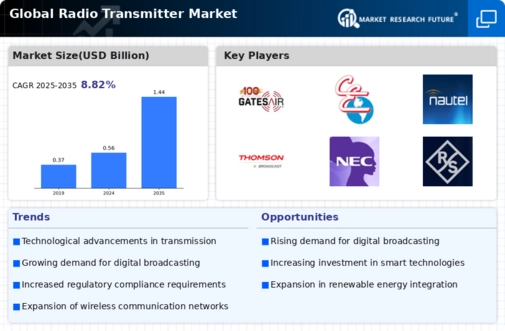
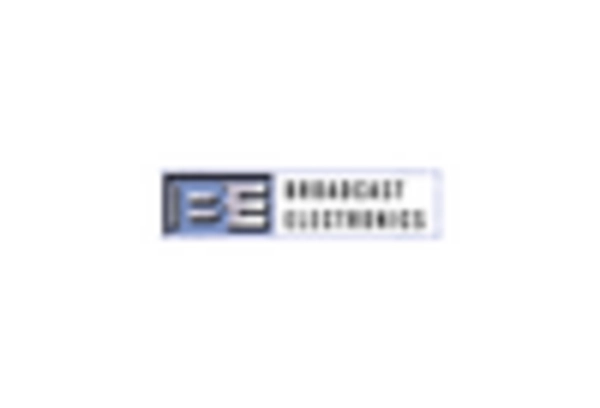
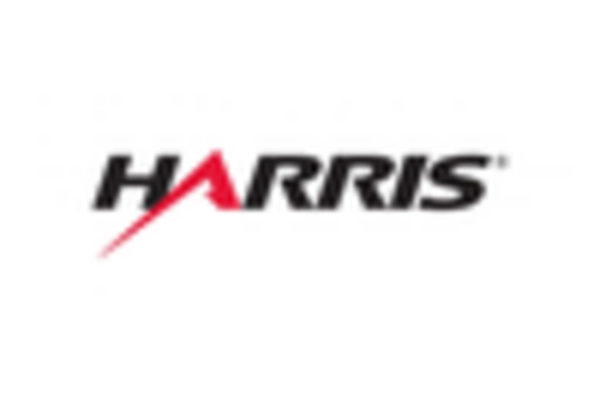

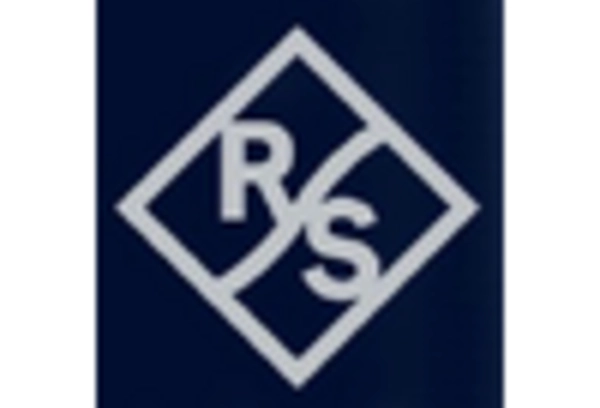

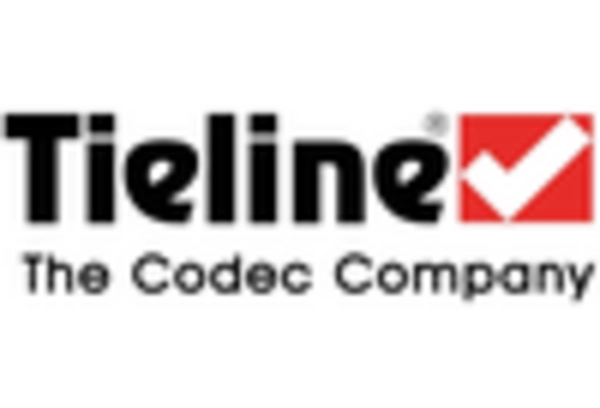









Leave a Comment